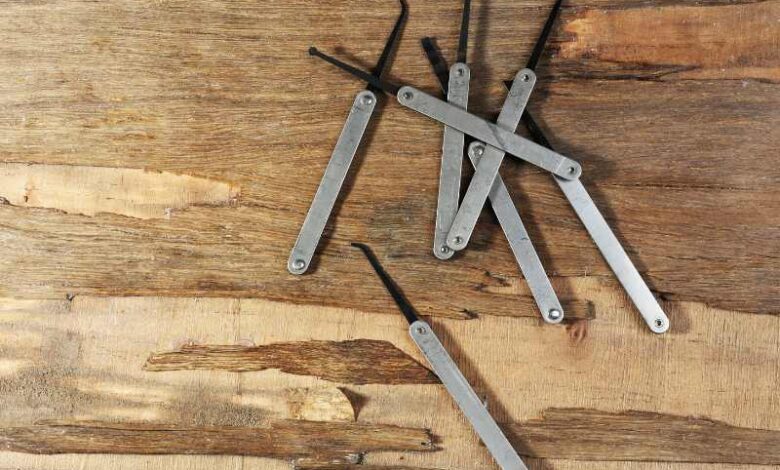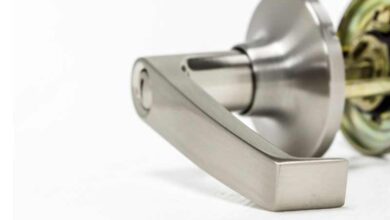
Lock picking is a skill that fascinates and intrigues. Whether for professional reasons, such as locksmiths, or for the simple intellectual challenge, mastering the art of lock picking requires patience, dexterity, and knowledge of lock mechanisms. Among the most common lock picking techniques are raking and single picking. These two methods differ in their approach and effectiveness. In this article, we will explore in detail the differences between raking and single picking, analyzing their advantages and disadvantages.
Raking: A Fast and Crude Technique
Raking, also called “raking,” is a lock picking technique that emphasizes speed and brute force. It involves using a special tool called a “rake pick,” which resembles a saw. The rake pick is inserted into the lock and moved rapidly back and forth, as if raking the pins. The goal is to create vibration and random movement of the pins, hoping that enough of them will fall into place to allow the lock to be opened.
Advantages of Raking:
- Speed: Raking is a fast technique that can open some locks in just a few seconds.
- Ease of learning: Raking is relatively easy to learn and does not require great precision.
- Effectiveness on some locks: Raking is particularly effective on older or poor quality locks.
Disadvantages of Raking:
- Lack of precision: Raking is an imprecise technique that can damage the lock pins.
- Ineffectiveness on modern locks: Modern locks, with more sophisticated security mechanisms, are often resistant to raking.
- Noise: Raking can generate noise, which may attract attention.
The Single Pick: A Precise and Methodical Approach
Single picking, or “individual lock picking”, is a more precise and methodical technique than raking. It involves using a tool called a “pick” to individually manipulate each pin of the lock. The picker must feel the tension of each pin and position it correctly to allow the lock to be opened.
Advantages of Single Pick:
- Precision: Single pick is a precise technique that allows pins to be manipulated without damaging them.
- Effective on modern locks: The single pick is effective on a wide range of locks, including modern locks.
- Discretion: The single pick is a silent technique that does not generate noise.
Disadvantages of Single Pick:
- Slowness: Single picking is a slower technique than raking, requiring time and patience.
- Learning Difficulty: Single pick is more difficult to learn and requires great dexterity and knowledge of lock mechanisms.
Conclusion:
Raking and single picking are two lock picking techniques that have their own advantages and disadvantages. Raking is a quick and easy technique to learn, but it is less accurate and less effective on modern locks. Single picking is a more accurate and effective technique, but it is slower and more difficult to master. The choice of technique will depend on the type of lock, the skill level of the lock picker, and the context of the job.


